Tips from someone actually dumb enough to ride year round
I’m actually kidding. I truly enjoy riding my bike so in my mind there is no reason to quit riding once the temperature outside drops. With some minor modifications to your biking uniform you can comfortably ride in virtually any weather. You may be cold when you first start out, but c’mon… Man Up! You’ll be fine.
Cycling Apparel: 3 Temperature Zones
I like to begin with winter biking “pep talk” by reminding people that choosing what to wear when biking is easier than you think. I like to guide my clothing choices by breaking up the weather into the “3 Temperature Zones.” For the most part you can just look out the window or at the calendar and figure out what you’ll need to wear. Do I have temperature sensing eyes? No, just using common sense and determined NOT to be one of those people who can’t change their mind without knowing the outdoor temperature. For you characters I say “Don’t Gimme That F*cking Bullsh*t!”
Light Zone: 50º-100º F
This is quite a temperature range, but it’s the comfortable range for your body. Just keep in mind, are you in the high end or the low end of the spectrum? Then, dress accordingly.
So, what the typical combinations of clothes you should be wearing? Honestly, thinking you don’t need much help here as this is the temperature zone where pretty much everyone feels comfortable. My only thought is in regard to rain…
If it’s raining and the temp is 50º F, you’d better have a water resistant or waterproof jacket on as if you get wet, you’re going to get cold.
Medium Zone: 20º-50º F
This is the point where many of my friends hang it up for the year. The temperature falls to around or below freezing, ice makes cycling a little bit more dangerous, but on a positive note there isn’t much traffic on the bike path. Then again, that means fewer suckas. : (
Here is what you’ll need to continue to enjoy cycling:
- Jacket – Preferably something breathable (be sure you understand what GORE-TEX does and does not do) as now is the time to stay warm, but not sweat. Moisture moisture means cold. I’ve had real good luck with an REI bicycling rain coat. It keeps me dry, has vents under the arms to keep me cool and the wind does not get through it. On the down side, it’s not breathable in that it does not include GORE-TEX, but it’s worked well for me and didn’t cost a small fortune.
- Pants – I own a pair of Nike ACG (All Conditions Gear) pants that are intended for outdoor activities in cooler weather (running or skiing?).
-
Gloves – Can’t say enough about the importance of good gloves. I hate having cold fingers. I have some cloth/fleece gloves with GORE-Windstopper which work just fine until the temp gets down to about 40º F. At that point, I need more. One of the most disappointing products I’ve ever purchased are the Pearl Iszumi Loster Claw Gloves. They feel great on your hands, but fail to keep them warm. $75 for cold hands? I can get that for free.
- Head Covering – This can be a tricky one as some folks just like to buy a helmet liner or wear ear muffs. Others forego the helmet and wear a regular stocking cap. Regardless of how you approach this, keeping your head warm is very important.
- Foot Gear – Obviously sandals aren’t cutting it here. You need something that will keep your feet free from the wind and your little piggies warm. I recommend using your own judgment as putting on shoes is not rocket science. Just go with warms socks and whatever you like to bike in.
Heavy Zone: -10º-20º F
This is where the a$$ kicking starts from Mother Nature. Once you go below 0º F, it’s cold. Really cold.
You’re going to need to consider the following:
- Jacket – Breathable may be preferred by those “in the know”, but in my opinion, not necessary at this point. You aren’t going to be sweating too much and keeping your body heat in can be good. Again, my raincoat has come up big. I just add a layer to the t-shirt I would normally have on and we’re good to go. If you’re counting at home the temperature is zero and I’m wearing a short sleeve t-shirt, a long sleeve t-shirt and a rain coat. That’s all.
- Balaclava – A full face layer to keep yourself warm… very important, for the most part comfortable and inexpensive. Will tend to fog up your glasses and/or cause excessive moisture on your eye lashes. Don’t be surprised when they practically freeze shut.
- Gloves – Our old friend gloves. For me, this is the most important thing as my fingers were frostbit many years ago. The only gloves I’ve found that actually work at this point are mittens and they’re from a company who specializes in ice fishing gear. I know, ice fishing, but who cares? I want warm fingers. Say it with me… “Icearmor.”
- Goggles – I’ve never bothered, but some folks like eye protection (ski goggles). Personal choice.
- Socks/Neoprene Shoe Covers – I’ve always been good with socks (heavy SmartWool), but I hear good things about the shoe covers. As with everything else… whatever works for you.
Equipment
Hopefully you’re still with me and you learned something from the apparel portion of the guide. Now we’re on to equipment.
Not really much to tell here as the changes, if you make any, will be minor.
- Tires – Some folks swear by studded tires, others (myself included) aren’t sure they’re really necessary. I’ve ridden both with them and without them.
- Lights – Due to dusk coming earlier in the winter good lights are imperative. My preference is a headlight that actually lights the path in front of you, not just a blinking white light that indicates your presence to on-coming traffic. Lots of good choices to make you visible. Everyone has a good tail light so I’m going to stress the headlight.
- Bike – You may choose to ride your regular bike, but what if it’s really nice? Winter weather and road salt can be very tough on your bike. You may want to consider picking up a $50 Goodwill special. I had some problems a couple of winters back (rear hub/cassette freezing open) so I stopped by my favorite bike shop (Revolution Cycles) and talked to Jeff about my options. For a couple hundred bucks he put together a really nice single speed winter bike for me. Rehabbed an old frame, added some studded tires, disc brakes and life is good. What they’re calling “fat bikes” are another option, but just not in the budget for me. Very cool though as the theory is that the large, wide tires will keep you on top of the snow. Same principle as dune buggies using wider tires in sand.Bottom line… consider your budget and make a move. I’m riding in the winter and enjoying myself.
Skills
Ah yes, on to the final section of the guide. You now know what to wear and what to ride. How about a little “how to ride?” Yes, it can be important to modify your riding depending on the conditions. Ice = trouble
- Slow Down – Probably seems a little odd considering the author of the guide, but trust me, slowing down is important. It’ll keep you upright and safe to ride another day.
- Unclip on Curves – Riding with toe clips, clipless pedals, etc? Unclip when you approach a curve. If you slide and can’t put your foot down… you’ll go down. If you have to react it’s going to be too late, so plan ahead.
- Maintain Balance – Seems simple right? The more balanced you remain while riding the better off you’ll be. How do you get “unbalanced” and still remain upright? Think about when you stand on your pedals and your bike is going side to side. You’re going from balanced, to unbalanced, to balanced with every stroke.
- Stay Seated – Again, sounds simple, but when you stand and really crank on the pedals you’re moving your weight forward onto the front tire. This means the back tire can easily lose traction and slip. Or worse yet, throw off your balance on the front tire which is an accident waiting to happen.
Final Thoughts
The toughest day to ride is the first one. Get out there and ride. Yes, you’ll be cold at first, but dress for your body temp after 10 minutes of riding. You’ll enjoy the ride and thoughts of being cold will be long gone.
Keep on ridin’ SUCKAS!

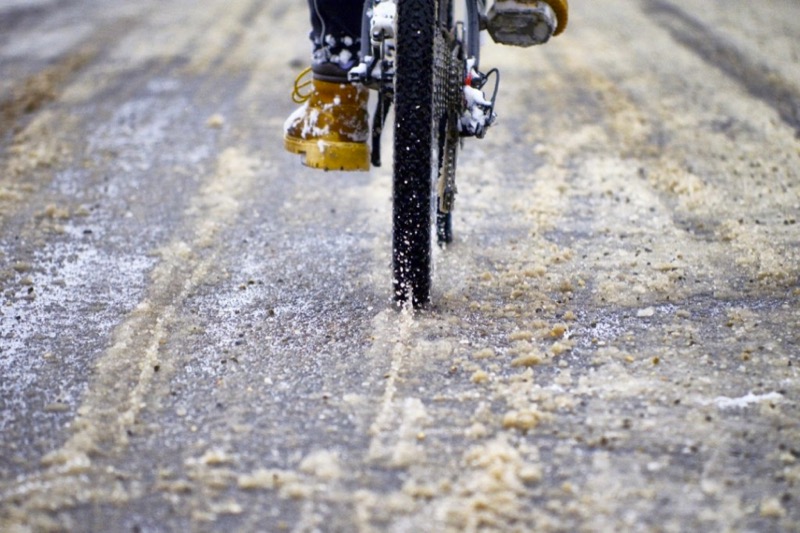
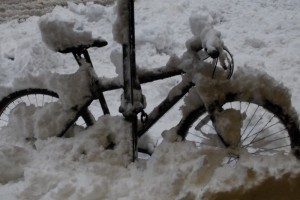
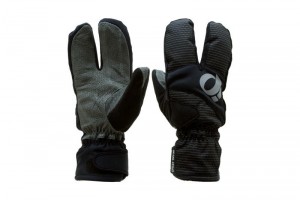
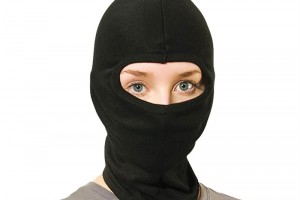
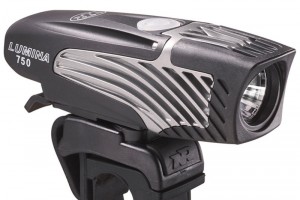
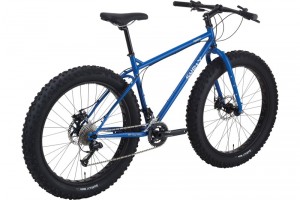
Recent Comments